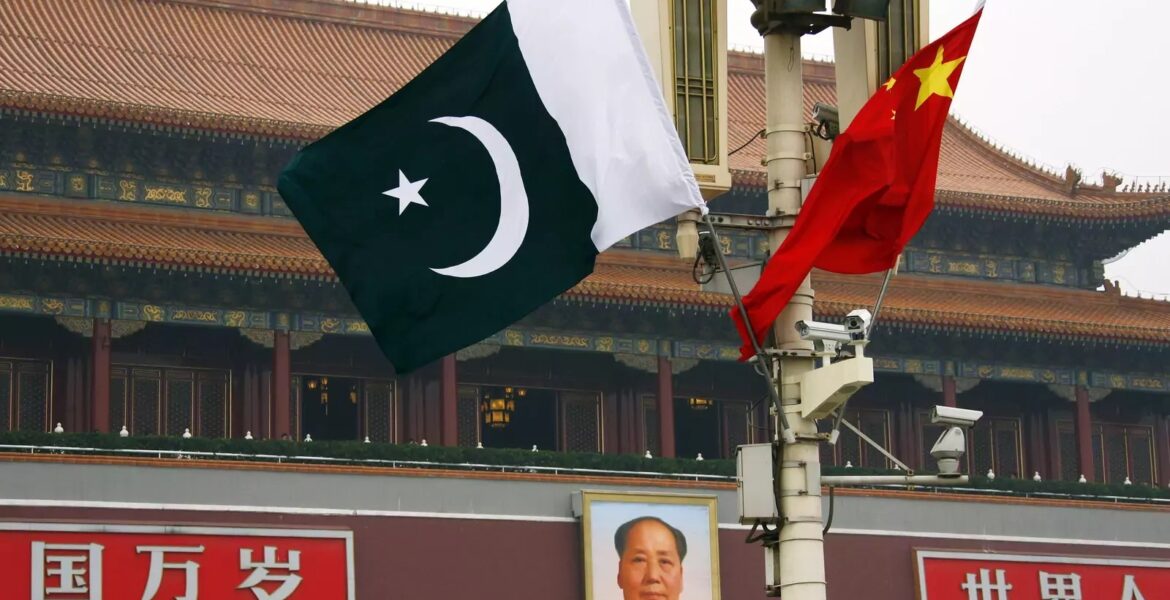In response to rising security concerns, Chinese contractors have paused construction on the Dasu and Diamer Bhasha dam projects in Pakistan. This decision follows a tragic incident in March, where a suicide bomber targeted a vehicle carrying Chinese engineers and a Pakistani driver, resulting in six fatalities. The halted projects underscore the risks faced by approximately 1,250 Chinese nationals employed in these ventures.
Incidents targeting Chinese nationals in Pakistan have put a strain on bilateral ties, with Beijing urging Islamabad to intensify its counter-terrorism efforts. Adding to Islamabad’s challenges is a dispute over payments to Chinese power companies, which threatens to disrupt infrastructure projects and exacerbate economic difficulties.
For decades, the China-Pakistan partnership has been celebrated as an “all-weather friendship,” symbolizing steadfast cooperation in a dynamic region. However, recent events have tested this bond.
Pakistan, like many countries in South Asia, is navigating the complex dynamics of Chinese investment and influence. Under the Belt and Road Initiative, Beijing’s ambitious global infrastructure program, South Asian neighbors such as Sri Lanka, Nepal, Bangladesh, and the Maldives have received significant funding for development projects. Pakistan’s experience, where the China-Pakistan Economic Corridor (CPEC) has faced delays, cost overruns, and security threats, serves as a cautionary tale.
Following Saudi Arabia, China is typically the second country that every new Pakistani leader visits soon after taking charge. These inaugural trips are goodwill gestures that, in recent years, have gained added significance due to Pakistan’s growing economic dependence on China.
At the heart of the recent challenges between China and Pakistan is the flagship project of the CPEC: the deep-water port of Gwadar on the Arabian Sea. Envisioned as a crucial link in China’s maritime trade routes, Gwadar has faced construction delays, cost blowouts, and has not yet generated the promised economic benefits for the public and the exchequer.
“The Gwadar port was supposed to be the crown jewel of CPEC, but it has become a cautionary tale,” said Samantha Custer, the director of policy analysis at AidData, a research lab at William & Mary. “The opaque terms of Chinese lending, combined with Pakistan’s economic fragility, have created debts that are difficult to manage.”
The security situation has further complicated matters. Attacks by terrorist groups targeting Pakistani state and security forces, including several suicide bombings that killed Chinese workers, have raised concerns in Beijing about the viability of its investments in Pakistan.
Situated in Pakistan’s Balochistan province along the Arabian Sea, Gwadar has been promoted as a key node of the Belt and Road-linked CPEC. Pakistani officials have claimed that Gwadar and CPEC will transform the region’s economic geography by providing China’s landlocked Xinjiang region with an outlet to the Indian Ocean. However, discussions about Gwadar’s future often overlook the city’s indigenous ethnic Baloch population.
Experts point to the limitations of the Pakistani government’s top-down development model for Gwadar and its hopes that China would transform this small, backwater fishing city into a linchpin of regional connectivity. Since purchasing Gwadar from Oman in 1958, Pakistan has sought a foreign partner to develop a commercial port or naval base in this remote region far from its population centers. After unsuccessful attempts with Moscow and Washington, Islamabad found a partner in Beijing in 2001, which agreed to finance the port’s initial development as a favor to then-dictator Gen. Pervez Musharraf.
However, progress has been slow. Pakistani officials initially boasted that Gwadar would become the region’s next Dubai or Singapore. In 2013, a state-owned Chinese company took over the port’s development. Soon, Pakistani officials began to speak of replicating the “port-park-city” model of the Chinese city Shenzhen. Yet, eight years later, Gwadar has made only modest advances, with minimal shipping and industrial activity and persistently poor living conditions for its residents.
These perspectives rarely make it into Pakistan’s domestic discourse on China. One reason, says Arif Rafiq, President of Vizier Consulting, a political risk advisory firm, is the lack of independent China experts in Pakistan, despite the close strategic partnership. Most Pakistani commentators, some of whom are influenced by Beijing, stick to the official script, leaving Pakistani officials unprepared when Beijing’s policy priorities and risk appetite shift, says Rafiq.
Another reason, he further states, is the assumption that China’s Shenzhen or Shekou model is replicable in Pakistan. This assumption overlooks the fundamentally different natures of the Chinese and Pakistani states. China is an authoritarian, hierarchical, developmental state, while Pakistan is a semi-democratic, fragmented resource-dependent state facing challenges of governance and development.


